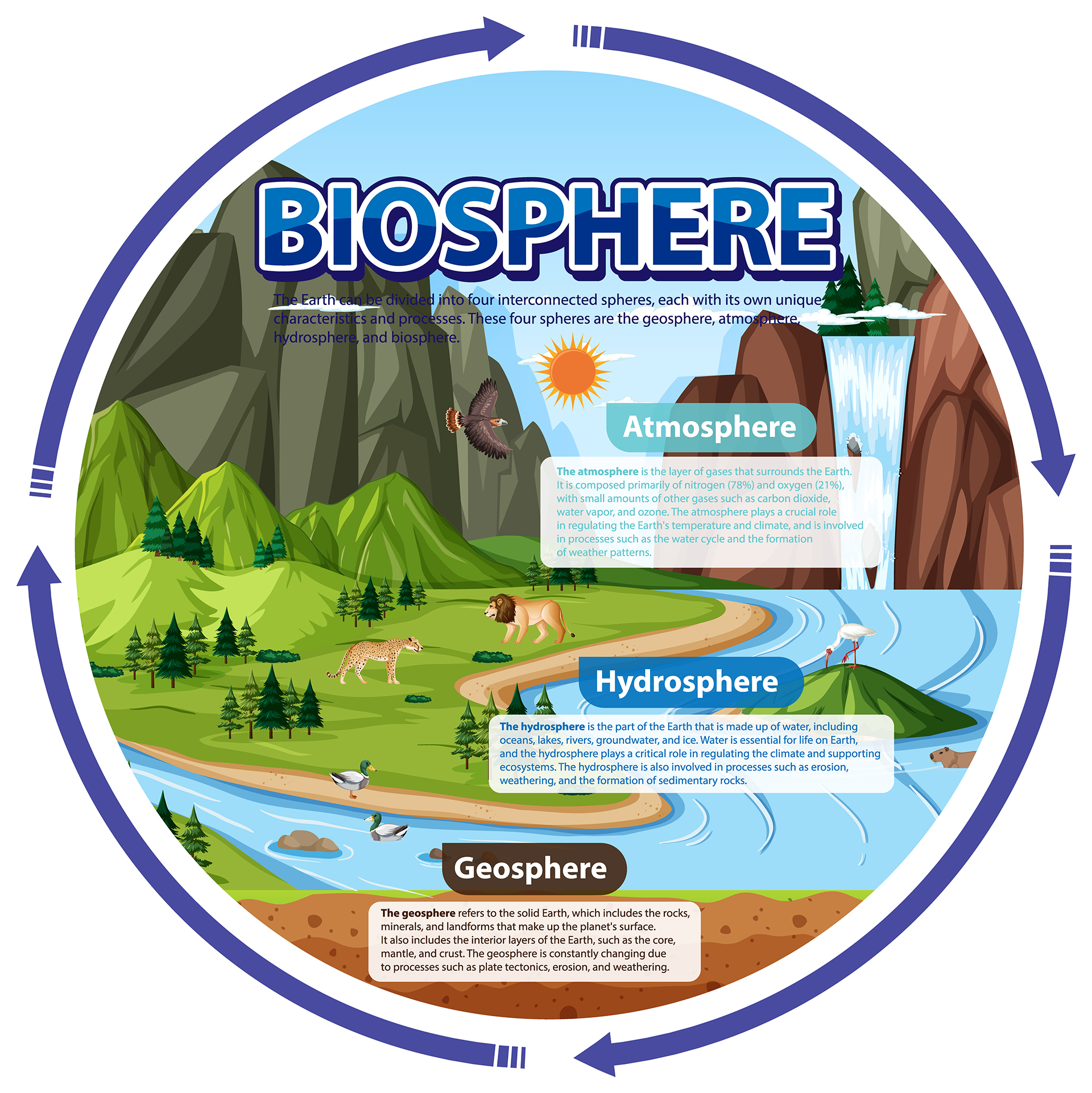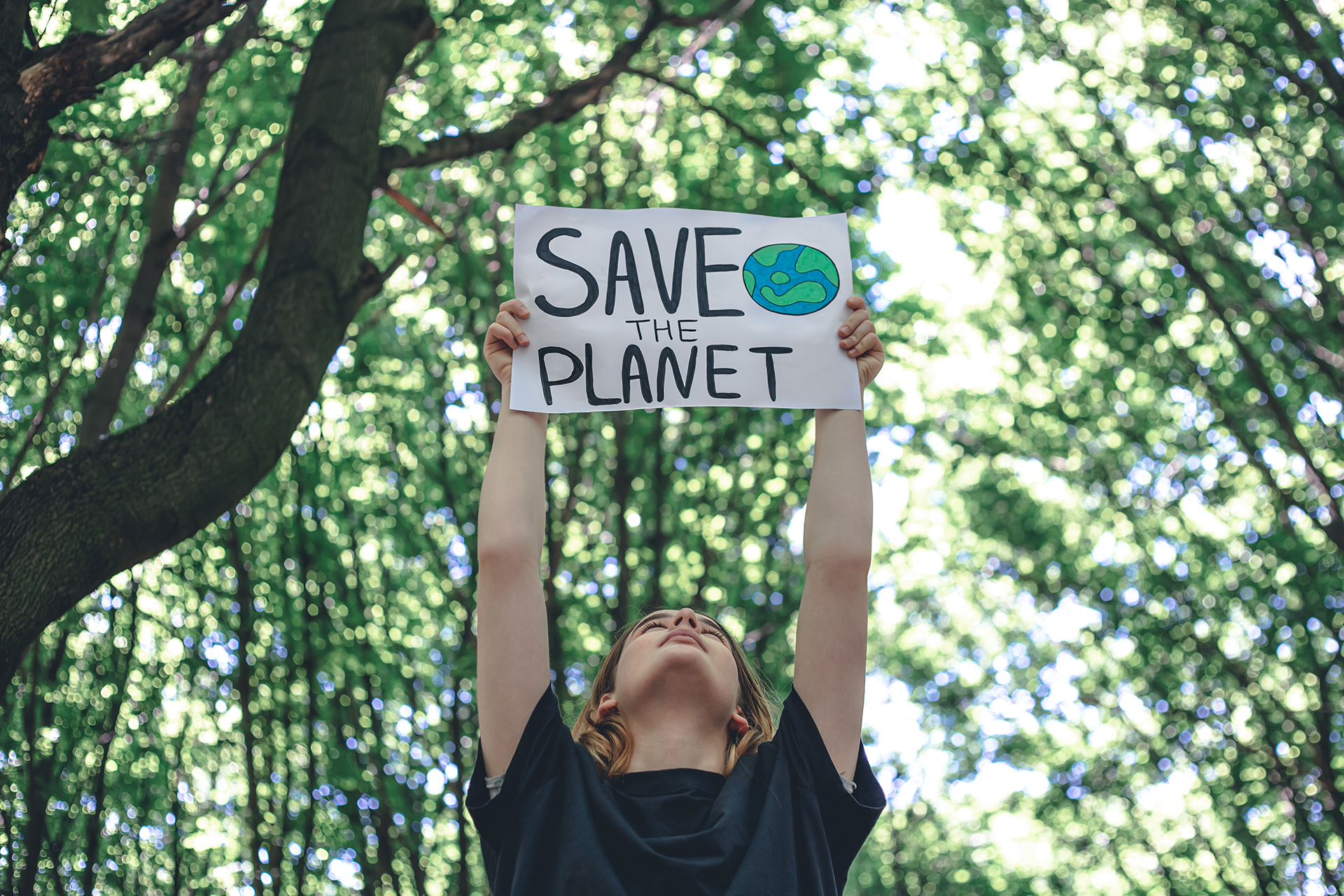“Survival of the Fittest will be our Extinction.”
Or why it doesn’t matter whether climate change and the changes in our biosphere are man-made or of natural origin.
It should be undisputed that our biosphere is changing: Biodiversity is shrinking, the distribution of species is shifting with the climate zones and climatic living conditions are changing. This is accompanied by numerous individual phenomena such as rising sea levels and much, much more.
It is scientifically plausible that this change is somehow triggered or at least partly caused by humans. Some people question this and argue that there have always been such changes in the history of the earth. And that is of course true – warm phases also existed in earlier millennia. Now the big BUT: It doesn’t really matter, because if this trend continues and you only look far enough into the future, humans will in all probability not survive this transformation of the earth. It does not matter whether irreversible tipping points are reached tomorrow or in 50 years’ time. On a very long timeline, things are currently looking rather unfavorable for humanity.
Incidentally, Charles Darwin’s “Survival of the Fittest ” does not actually mean “survival of the fittest “. “To fit” means “to fit”. Never before have the largest and strongest creatures on this earth

planets survived and prevailed, but those that were most “suitable” for their environment. The creatures that are best adapted to their environment survive. However, humans are not the most adaptable organisms, especially as their technical achievements protect them from many environmental influences and thus make a natural adaptation process more difficult. And in this respect, on a long time scale over decades or even centuries, it looks very bad for us if this trend of change in our biosphere continues. Hence our motto “Survival of the Fittest will be our Extinction.”
This site aims to contribute to general information about the changes in our biosphere and to show some of the connections without being too superficial like some news items. But not as in-depth as a scientific article, which many people simply no longer read. Perhaps a second Enlightenment is needed to lead us back to more humane and environmentally conscious times, just as the first Enlightenment took us away from religion and monarchy and led us to science and democracy.
OUR BIOSPHERE

The Earth’s biosphere is a fascinating system that encompasses the entirety of all living organisms and their habitats. This living envelope stretches from the deepest oceans to the highest peaks, from the polar regions to the tropical rainforests. In this complex sphere, numerous organisms interact with each other and with their environment, creating a finely tuned balance.
The diversity of the biosphere is reflected in the enormous number of species that exist in different ecosystems. Rainforests are home to an almost endless number of plants, animals and microorganisms, while deserts with extreme conditions provide a habitat for specialized species. Life in the oceans ranges from microscopic plankton organisms to majestic whales.
Central to the biosphere is the carbon cycle, which is maintained by photosynthesis and cellular respiration. Plants absorb carbon dioxide from the atmosphere, convert it into oxygen and thus serve as vital oxygen producers. At the same time, animals use the oxygen, produce carbon dioxide and thus close the cycle. These interactions create a delicate balance that is threatened by human activities, particularly by the increase in greenhouse gases.
Biodiversity is a key aspect of the biosphere, as it influences the stability and adaptability of the ecosystem. The loss of species due to human intervention, whether through habitat destruction or climate change, can have serious consequences for the entire biosphere. Humans are an integral part of this system and have a responsibility to promote sustainable practices to protect the biosphere.
The biosphere is facing challenges such as climate change, environmental pollution and excessive use of resources. Conscious global action is required to ensure the preservation of the biosphere and leave an intact environment for future generations. By protecting biodiversity, promoting renewable energies and the sustainable use of natural resources, we can help to preserve the Earth’s biosphere and maintain its unique beauty and complexity.
CLIMATE PROTECTION

Climate protection is undoubtedly crucial to minimizing the negative effects of climate change, but on its own it will not be enough to save the planet completely. First of all, tackling global challenges requires a comprehensive approach that goes beyond pure environmental protection.
The social and economic aspects are closely linked to environmental protection. Poverty, social injustice and economic disparities are closely linked to environmental problems. Comprehensive change therefore requires not only measures to reduce greenhouse gas emissions, but also social and economic reforms to create an equitable balance.
Another key aspect is the sustainable use of natural resources. Excessive deforestation, overconsumption of resources and pollution are intertwined with climate change. A comprehensive strategy must therefore aim not only to reduce CO2 emissions, but also to promote the sustainable use of resources.
The protection of biodiversity is also of central importance. The loss of biodiversity has far-reaching effects on ecosystems and their ability to adapt to change. A comprehensive approach to saving the planet must therefore include the preservation of habitats and the protection of endangered species.
Political measures at a global level are essential. International cooperation is needed to tackle climate change effectively. Without a joint effort, success will be limited. Diplomacy, trade agreements and international agreements must focus on promoting and implementing global environmental goals.
After all, awareness-raising and education are crucial. People must be made aware of the effects of their actions in order to bring about changes in behavior. Only when people understand why climate protection is important can sustainable decisions be made at an individual and societal level.

In summary, saving the planet requires a holistic approach that encompasses environmental protection, social justice, sustainable resource use, biodiversity conservation, political cooperation and education. Climate protection alone will not be enough to tackle the challenges, but in combination with other measures it can be a crucial part of a comprehensive solution.


